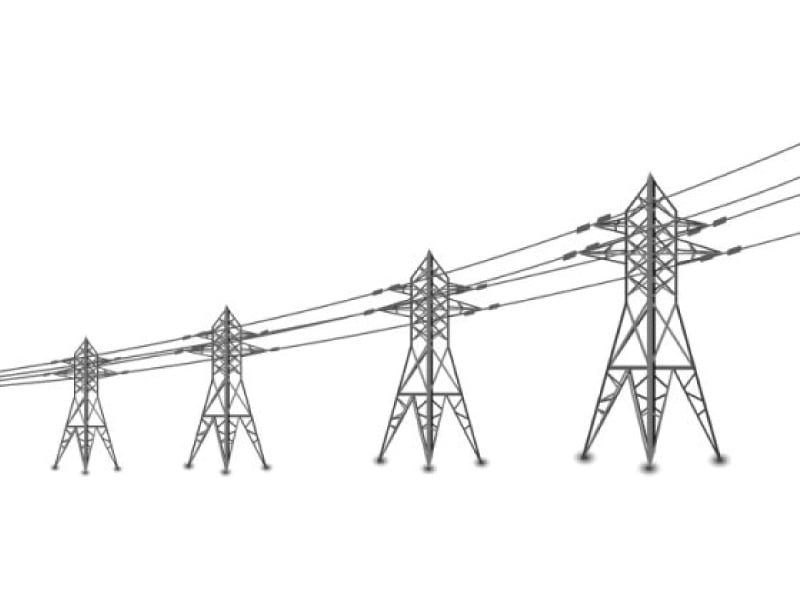
The electricity tariff in Pakistan remains higher than that in India, Sri Lanka and Bangladesh due to multiple factors, the Ministry of Water and Power informed the National Assembly in a written response on Wednesday.
The reply was submitted in response to a question asked by Pakistan Tehreek-e-Insaf MNA Nafeesa Inayatullah Khattak.
According to the written reply, the tariff consumers in Pakistan are charged based on the power generation mix, cost structure and transmission and distribution losses of each utility company.
Hydel generation, while the cheapest source of electricity, is not enough to meet demand in the country, the lower house of parliament was informed. Most of the demand is being met through thermal plants, which utilise residual fuel oil (RFO), high speed diesel (HSD) and gas to generate electricity. The use of RFO and HSD fuels in particular are responsible for increasing the power tariff significantly, the reply stated.

The house was told that from Rs20,604 per metric tonne (MT) in 2006-07, the price of RFO had risen to Rs72,134 per MT in 2013-14.
Meanwhile, Minister of State for Information Technology Anusha Rehman informed the house that the liabilities of Telephone Industries of Pakistan (TIP) have reached Rs4 billion.
On the other hand, Parliamentary Secretary for Industries and Production Rao Ajmal Khan informed the house that growth rate of industrial sector for financial year 2013-14 stands at 5.4%, up from 3.49% in 2012-13.
To a separate question, minister for ports and shipping Kamran Michel informed the house that a high level committee has been constituted to acquire land for Gwadar Port. He said a number of projects associated with the port have been under phase 1.
Religious Affairs Minister Sardar Muhammad Yousuf, meanwhile, said the recommendations of the Council of Islamic Ideology will be implemented after discussion in Parliament.
Published in The Express Tribune, May 8th, 2014.

















COMMENTS
Comments are moderated and generally will be posted if they are on-topic and not abusive.
For more information, please see our Comments FAQ